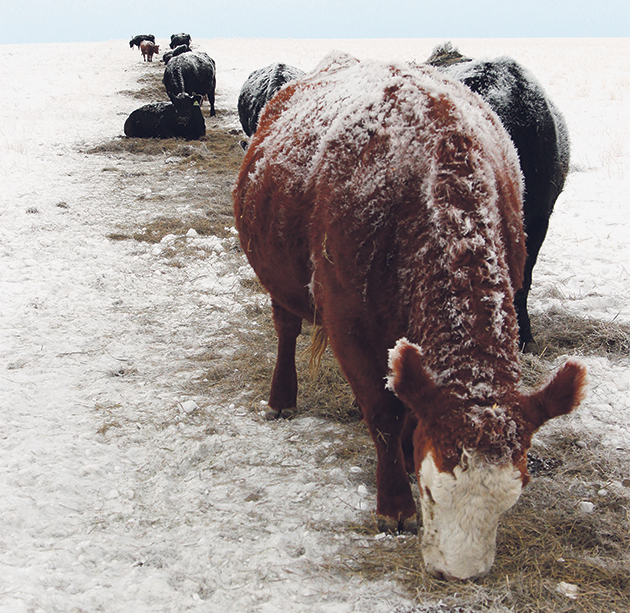NASHVILLE, Tenn. — Record beef exports have buoyed the United States cattle industry.
U.S. exports totalled 1.134 million tonnes in 2016, up 12.5 percent from 2015.
Considerable growth occurred in Asian markets but the decision of U.S. President Donald Trump to withdraw from the Trans-Pacific Partnership could dampen export enthusiasm.
Trade has a trickle-down effect. Higher exports last year added $300 to the value of each beef carcass, said Greg Hanes of the U.S. Meat Export Federation.
The U.S. is active in more than 120 countries but Asia is the jewel in the crown, he told a trade committee meeting at the National Cattlemen’s Beef Association convention held Feb. 1-4 in Nashville.
Read Also

Trump’s tariffs take their toll on U.S. producers
U.S. farmers say Trump’s tariffs have been devastating for growers in that country.
“We expect by next year to be up another 10 percent and that growth will be mainly coming from those main markets,” he said
Exports to Japan rose 24 percent even with a 38.5 percent duty on U.S. beef.
Australia’s beef enjoys a lower 24 percent tariff because it has a bilateral agreement. That is scheduled to come down further.

American beef producers, like those in Canada, would like to increase exports to Asia, and to China in particular, but there are hurdles to jump first. Above, cattle on the Hare farm near Rosetown, Sask., clean up the afternoon’s feed. | Cheryl Hare photo
Under the TPP, the beef duty would have dropped to nine percent for all participating countries.
There is hope that parts of the TPP could be salvaged when negotiating bilateral agreements but there is much uncertainty, said Phil Seng, head of USMEF.
“We don’t know what is next as far as trade agreements go,” he told the trade committee.
Japan has long been a customer for the U.S. Exporters work with specific Japanese companies that buy and distribute American beef.
Beef consumption fell in Japan after BSE was discovered there and in North America. Some of the sales success has been rebuilding what was lost from that period, he said.
Trade has also taken some new directions.
More restaurants are offering American style cuisine, so different cuts are going there while some companies buy large amounts of beef offal like tongue and tripe from the U.S. Three thousand to 4,000 tonnes of these products go to Japan each year.
South Korea is a large market as well, said Dan Halstrom of USMEF.
Exports to South Korea were up 90 percent over 2015 with a major surge in sales at the end of the year.
A major coup was scored when Costco in South Korea agreed to buy all its imported beef from the U.S., displacing Australia. There are 15 stores in the country and about 15,000 tonnes are required annually.
Frustration continues over gaining access to China that closed in December 2003 when BSE was discovered in the U.S.
Last year, China imported $20 billion worth of meat but there was no U.S. beef in the mix.
The U.S. has access to Hong Kong and will likely work with the same distributors when China opens. Buyers will likely take the same kinds of products as other Asian nations so that could lead to more competitive bidding, said Halstrom.
China has given multiple notices that it is opening to U.S. beef, but nothing has happened, said Brett Stuart of Global Agritrends.
“Show me a boat leaving that is full of beef, then I will get excited,” he said.
Technical issues over approving packing plants, traceability and other factors are not complete.
It is reasonable to expect the U.S. will get the same kind of deal Canada received where frozen beef is allowed. No offal like liver, tongue or tripe will be included.
If those issues can be resolved the Chinese beef market offers $6.6 billion in sales opportunities to the U.S. Japan’s market is worth about $3.4 billion by comparison.
“This could define the size of the U.S. cattle industry for your grandchildren,” said Stuart.
A relationship with China is crucial despite the current attitude from President Trump, who wants to get tough with new tariffs, taxes and restrictions.
“China will not give any concessions outside the negotiations. President Trump has raised the wager and we are going to be talking about a lot of big issues. It is going to get messy ugly, and beef could be a casualty in this trade war,” said Stuart.















